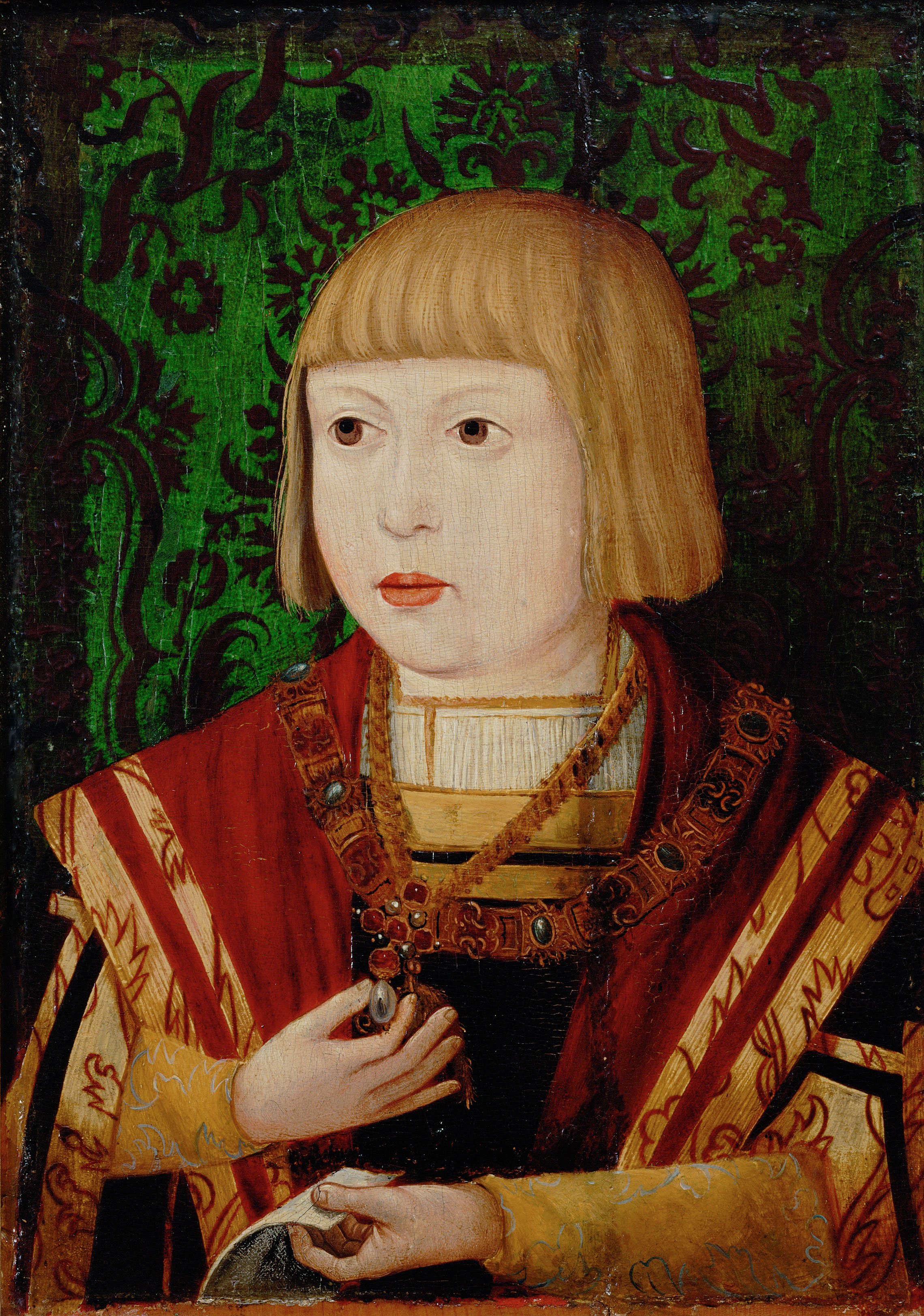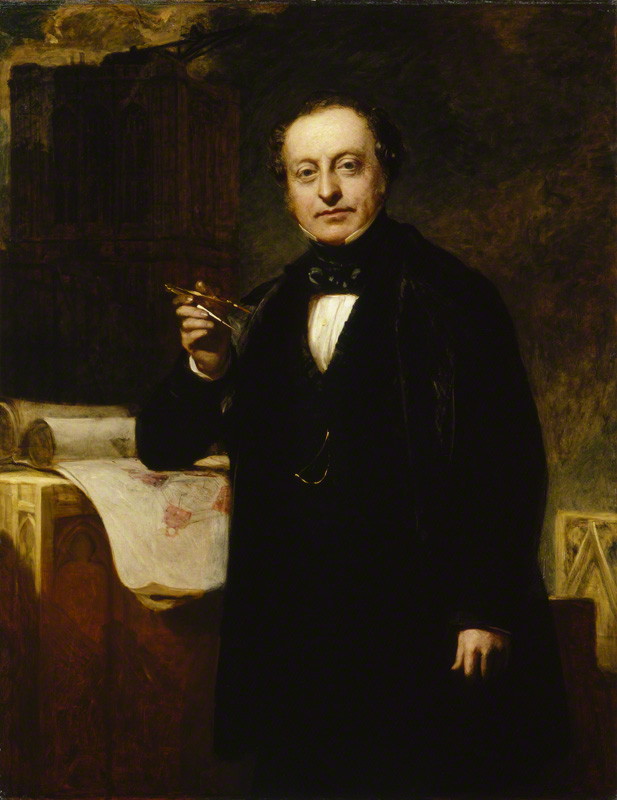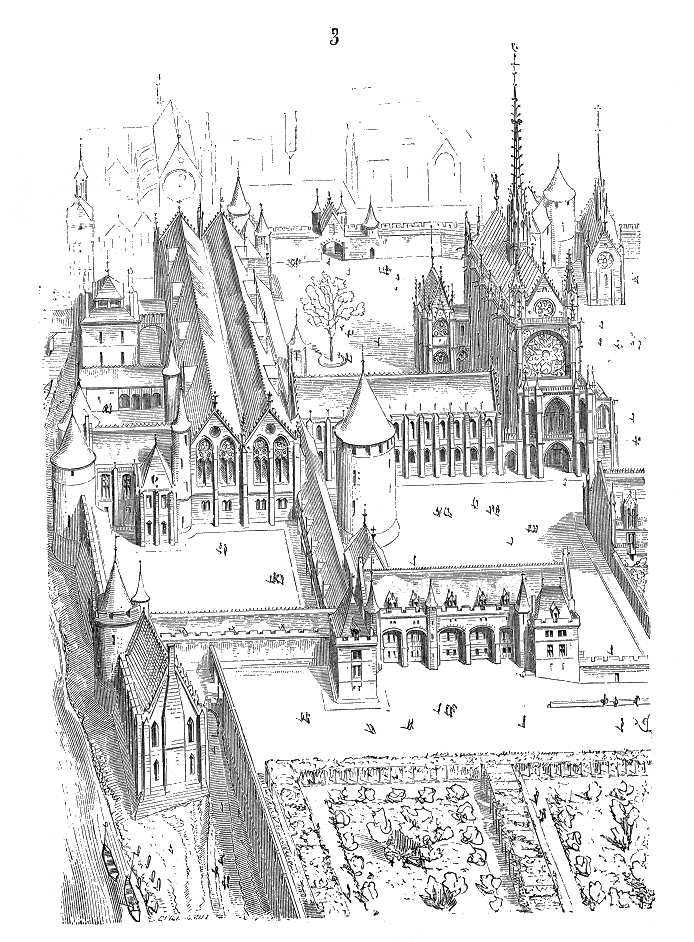|
Kaiserpfalz
The term ''Kaiserpfalz'' (, "imperial palace") or ''Königspfalz'' (, "royal palace", from Middle High German ''phal ne'' to Old High German ''phalanza'' from Middle Latin ''palatia'' luralto Latin ''palatium'' "palace") refers to a number of palaces and castles across the Holy Roman Empire that served as temporary seats of power for the Holy Roman Emperor in the Early and High Middle Ages. The dukes and bishops of the empire also owned palaces, which were sometimes referred to as ''"pfalzen"'', especially since they were obliged to accommodate the emperor and his court when they were in transit, a duty referred to as ''Gastungspflicht'' (obligation to accommodate). Origin of the name ''Kaiserpfalz'' is a German word that is a combination of '' Kaiser'', meaning "emperor", which is derived from " caesar"; and ''Pfalz'', meaning "palace", and itself derived from the Latin ''palatium'', meaning the same (see palace). Likewise ''Königspfalz'' is a combination of ''König' ... [...More Info...] [...Related Items...] OR: [Wikipedia] [Google] [Baidu] |
Goslar Kaiserpfalz
Goslar (; Eastphalian dialect, Eastphalian: ''Goslär'') is a historic town in Lower Saxony, Germany. It is the administrative centre of the Goslar (district), district of Goslar and is located on the northwestern wikt:slope, slopes of the Harz mountain range. The Old Town of Goslar with over 1.500 Timber framing, timber houses and the Mines of Rammelsberg are UNESCO World Heritage Sites for their millennium-long testimony to the history of ore mining and their political importance for the Holy Roman Empire and Hanseatic League. Each year Goslar awards the Goslarer Kaiserring, Kaiserring to an international artist, called the "Nobel Prize" of the art world. Geography Goslar is situated in the middle of the upper half of Germany, about south of Braunschweig, Brunswick and about southeast of the state capital, Hannover, Hanover. The Schalke (Harz), Schalke mountain is the highest elevation within the municipal boundaries at . The lowest point of is near the Oker river. Geograph ... [...More Info...] [...Related Items...] OR: [Wikipedia] [Google] [Baidu] |
Palace
A palace is a large residence, often serving as a royal residence or the home for a head of state or another high-ranking dignitary, such as a bishop or archbishop. The word is derived from the Latin name palātium, for Palatine Hill in Rome which housed the Roman Empire, Imperial residences. Most European languages have a version of the term (''palats'', ''palais'', ''palazzo'', ''palacio'', etc.) and many use it to describe a broader range of buildings than English. In many parts of Europe, the equivalent term is also applied to large private houses in cities, especially of the aristocracy. It is also used for some large official buildings that have never had a residential function; for example in French-speaking countries ''Palais de Justice'' is the usual name of important courthouses. Many historic palaces such as parliaments, museums, hotels, or office buildings are now put to other uses. The word is also sometimes used to describe an elaborate building used for public ent ... [...More Info...] [...Related Items...] OR: [Wikipedia] [Google] [Baidu] |
Holy Roman Empire
The Holy Roman Empire, also known as the Holy Roman Empire of the German Nation after 1512, was a polity in Central and Western Europe, usually headed by the Holy Roman Emperor. It developed in the Early Middle Ages, and lasted for a millennium until its Dissolution of the Holy Roman Empire, dissolution in 1806 during the Napoleonic Wars. For most of its history the Empire comprised the entirety of the modern countries of Germany, Czechia, Austria, the Netherlands, Belgium, Switzerland, Slovenia, and Luxembourg, most of north-central Italy, and large parts of modern-day east France and west Poland. On 25 December 800, Pope Leo III crowned the Frankish king Charlemagne Roman emperor, reviving the title more than three centuries after the fall of the Western Roman Empire in 476. The title lapsed in 924, but was revived in 962 when Otto I, OttoI was crowned emperor by Pope John XII, as Charlemagne's and the Carolingian Empire's successor. From 962 until the 12th century, the empire ... [...More Info...] [...Related Items...] OR: [Wikipedia] [Google] [Baidu] |
Hoftag
A ''Hoftag'' (, pl. ''Hoftage'') was the name given to an informal and irregular assembly convened by the King of the Romans, the Holy Roman Emperor or one of the Princes of the Empire, with selected chief princes within the empire. Early scholarship also refers to these meetings as imperial diets (''Reichstage''), even though these gatherings were not really about the empire in general, but with matters concerning their individual rulers. In fact, the legal institution of the imperial diet appeared much later. In the early and high Middle Ages these assemblies were mostly held in the imperial palaces ''(Kaiserpfalz)''. History High Middle Ages From the feudal obligation of chief princes to stand by the king's side in word and deed, a consequent duty was derived by the time of the High Middle Ages to appear in person, at the request of the king, at royal assemblies in order to offer counsel and participate in decision-making. This was the so-called court attendance duty ('' ... [...More Info...] [...Related Items...] OR: [Wikipedia] [Google] [Baidu] |
Itinerant Court
An itinerant court was a migratory form of government shared in European kingdoms during the Early Middle Ages. It was an alternative to having a capital city, a permanent political center governed by a kingdom. Medieval Western Europe was generally characterized by a political rule wherein the highest political authorities frequently changed their location, bringing parts of the country's central government on their journey. Therefore, such a realm had no actual center or permanent seat of government. Itinerant courts were gradually replaced from the thirteenth century, when stationary royal residences began to develop into modern capital cities. Holy Roman Empire The itinerant court system of ruling a country is strongly associated with German history, where the emergence of a capital city took an unusually long time. The German itinerant regime () was the usual form of royal or imperial government from the Frankish empire, Frankish period and up to late medieval times. The Ho ... [...More Info...] [...Related Items...] OR: [Wikipedia] [Google] [Baidu] |
Kingdom Of England
The Kingdom of England was a sovereign state on the island of Great Britain from the late 9th century, when it was unified from various Heptarchy, Anglo-Saxon kingdoms, until 1 May 1707, when it united with Kingdom of Scotland, Scotland to form the Kingdom of Great Britain, which would later become the United Kingdom. The Kingdom of England was among the most powerful states in Europe during the Middle Ages, medieval and Early modern period, early modern periods. Beginning in the year 886 Alfred the Great reoccupied London from the Danish Vikings and after this event he declared himself King of the Anglo-Saxons, until his death in 899. During the course of the early tenth century, the various Anglo-Saxons, Anglo-Saxon kingdoms were united by Alfred's descendants Edward the Elder (reigned 899–924) and Æthelstan (reigned 924–939) to form the Kingdom of the English. In 927, Æthelstan conquered the last remaining Viking kingdom, Scandinavian York, York, making him the first ... [...More Info...] [...Related Items...] OR: [Wikipedia] [Google] [Baidu] |
Ferdinand I, Holy Roman Emperor
Ferdinand I (10 March 1503 – 25 July 1564) was Holy Roman Emperor from 1556, King of Bohemia, King of Hungary, Hungary, and List of rulers of Croatia, Croatia from 1526, and Archduke of Austria from 1521 until his death in 1564.Milan Kruhek: Cetin, grad izbornog sabora Kraljevine Hrvatske 1527, Karlovačka Županija, 1997, Karslovac Before his accession as emperor, he ruled the Erblande, Austrian hereditary lands of the House of Habsburg in the name of his elder brother, Charles V, Holy Roman Emperor. Also, he often served as Charles' representative in the Holy Roman Empire and developed encouraging relationships with German princes. In addition, Ferdinand also developed valuable relationships with the German banking house of Jakob Fugger and the Catalan bank, Banca Palenzuela Levi Kahana. The key events during his reign were the conflict with the Ottoman Empire, which in the 1520s began a great advance into Central Europe, and the Protestant Reformation, which resulted in s ... [...More Info...] [...Related Items...] OR: [Wikipedia] [Google] [Baidu] |
List Of Royal And Imperial Elections In The Holy Roman Empire
The following is a list of imperial elections in the Holy Roman Empire. Entries ''in italics'' are for elections where the claim of the man elected to be King of the Romans was disputed. {{Holy Roman Empire elections Holy Roman Empire The Holy Roman Empire, also known as the Holy Roman Empire of the German Nation after 1512, was a polity in Central and Western Europe, usually headed by the Holy Roman Emperor. It developed in the Early Middle Ages, and lasted for a millennium ... Imperial elections ... [...More Info...] [...Related Items...] OR: [Wikipedia] [Google] [Baidu] |
Imperial Election
The election of a Holy Roman Emperor was generally a two-stage process whereby the King of the Romans was elected by a small body of the greatest princes of the realm, the prince-electors. This was then followed shortly thereafter by his coronation as king, originally at Aachen and later at Frankfurt. The king was then expected to march to Rome, to be Coronation of the Holy Roman Emperor, crowned Emperor by the pope. In 1356, the Emperor Charles IV, Holy Roman Emperor, Charles IV promulgated the Golden Bull of 1356, Golden Bull, which became the fundamental law by which all future kings and emperors were elected. After 1508, rulers usually were recognized as "Emperor elect" after their first, royal coronation. Background The ''Königswahl'' was the election of royal candidates in the Holy Roman Empire and its predecessors as king by a specified elective body. Whilst the succession to the throne of the monarch in some cultures is governed by the rules of hereditary succession, th ... [...More Info...] [...Related Items...] OR: [Wikipedia] [Google] [Baidu] |
History Of The Palace Of Westminster
The history of the Palace of Westminster The Palace of Westminster is the meeting place of the Parliament of the United Kingdom and is located in London, England. It is commonly called the Houses of Parliament after the House of Commons and the House of Lords, the two legislative ch ... began in the Middle Ages – in the early eighth century – when there was an Anglo-Saxon church dedicated to St. Peter the Apostle which became known as the West Minster (St. Paul's being the East Minster). In the tenth century the church became a Benedictines, Benedictine abbey and was adopted as a royal church, which subsequently became a royal palace in the 11th century. Edward the Confessor, the penultimate Anglo-Saxon king, began the building of Westminster Abbey and a neighbouring palace to oversee its construction. After the Norman Conquest of 1066, William the Conqueror adopted the Palace of Westminster as his own. His son, William II of England, William II (William Rufus) laid th ... [...More Info...] [...Related Items...] OR: [Wikipedia] [Google] [Baidu] |
Palais De La Cité
The Palais de la Cité (), located on the Seine River's Île de la Cité, is a major historic building in the centre of Paris, France. It was an occasional residence of the Kings of France from the early 6th to the 12th century and a permanent one from the late 12th to the 14th century, and has been the center of the Judiciary of France, French justice system ever since, for which it is also referred to as the Palais de Justice, Paris, Palais de Justice. From the 14th century until the French Revolution, the Palais was the headquarters of the Parlement of Paris. During the Revolution it served as a courthouse and prison, where Marie Antoinette and other prisoners were held and tried by the Revolutionary Tribunal. Since the early 19th century, it has been the seat of the Tribunal de grande instance de Paris, the Court of Appeal of Paris, and the Court of Cassation (France), Court of Cassation. The first of these moved to Tribunal de grande instance de Paris, another Parisian locatio ... [...More Info...] [...Related Items...] OR: [Wikipedia] [Google] [Baidu] |
Personenverbandsstaat
The term territorial state is used to refer to a state, typical of the High Middle Ages, since around 1000 AD, and "other large-scale complex organizations that attained size, stability, capacity, efficiency, and territorial reach not seen since antiquity." The term territorial state is also understood as “coercion-wielding organizations that are distinct from households and kinship groups and exercise clear priority in some respects over all other organizations within substantial territories.” Organizations such as city-states, empires, and theocracies along with many a number of other governmental organizations are considered territorial states, yet does not include tribes, lineages, firms, or churches alike. Unlike the old lordships organised as a personal union, the sovereignty of a territorial state was based on its land or territory and not on membership of a dynastic family or other personally-related rights. Juridical sovereignty is not necessarily required as the main ch ... [...More Info...] [...Related Items...] OR: [Wikipedia] [Google] [Baidu] |




